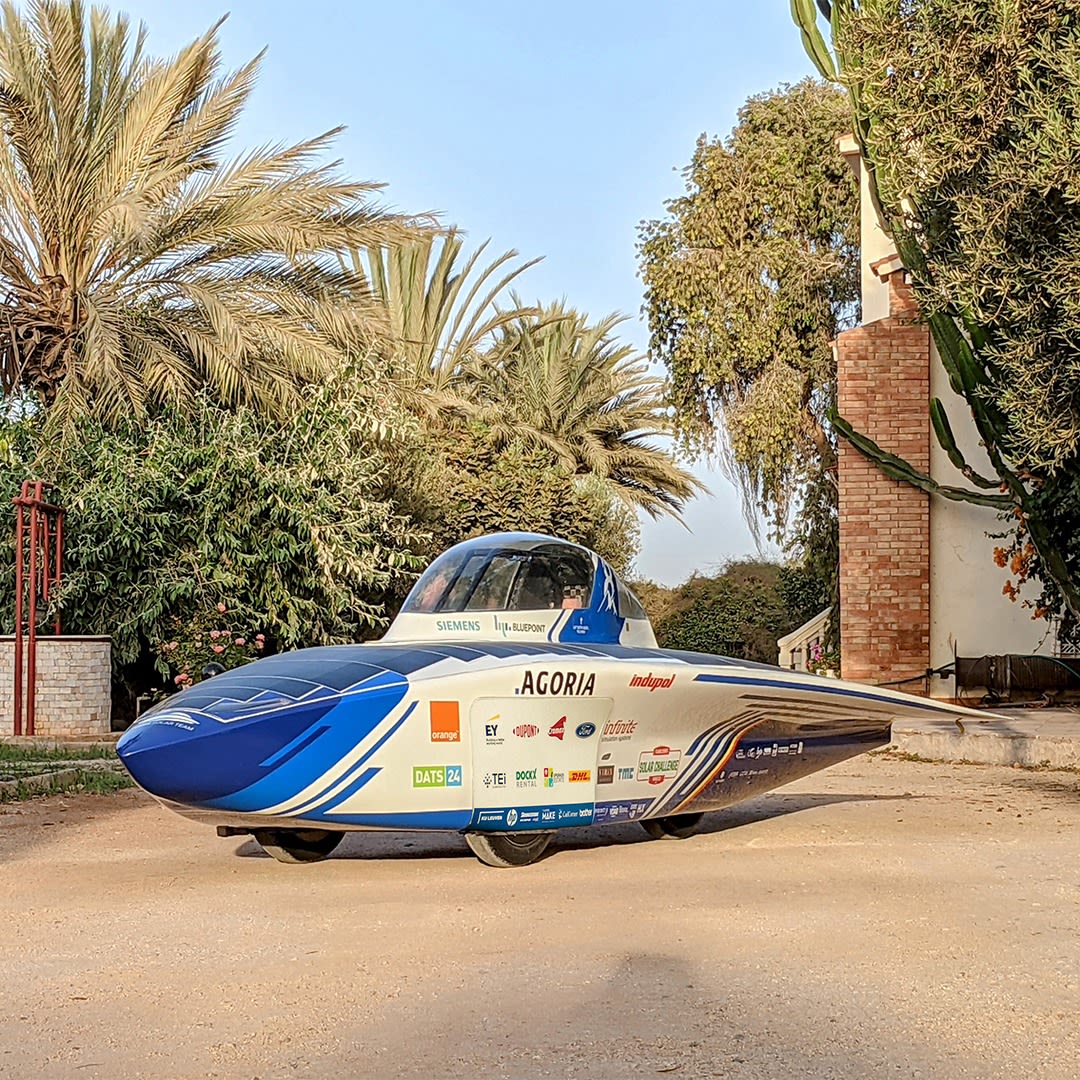Countdown to Race Day
With the Solar Challenge set to begin in Morocco in just one week, we looked at the connectivity testing and race preparation that the team has gone through and look forward to the big race!
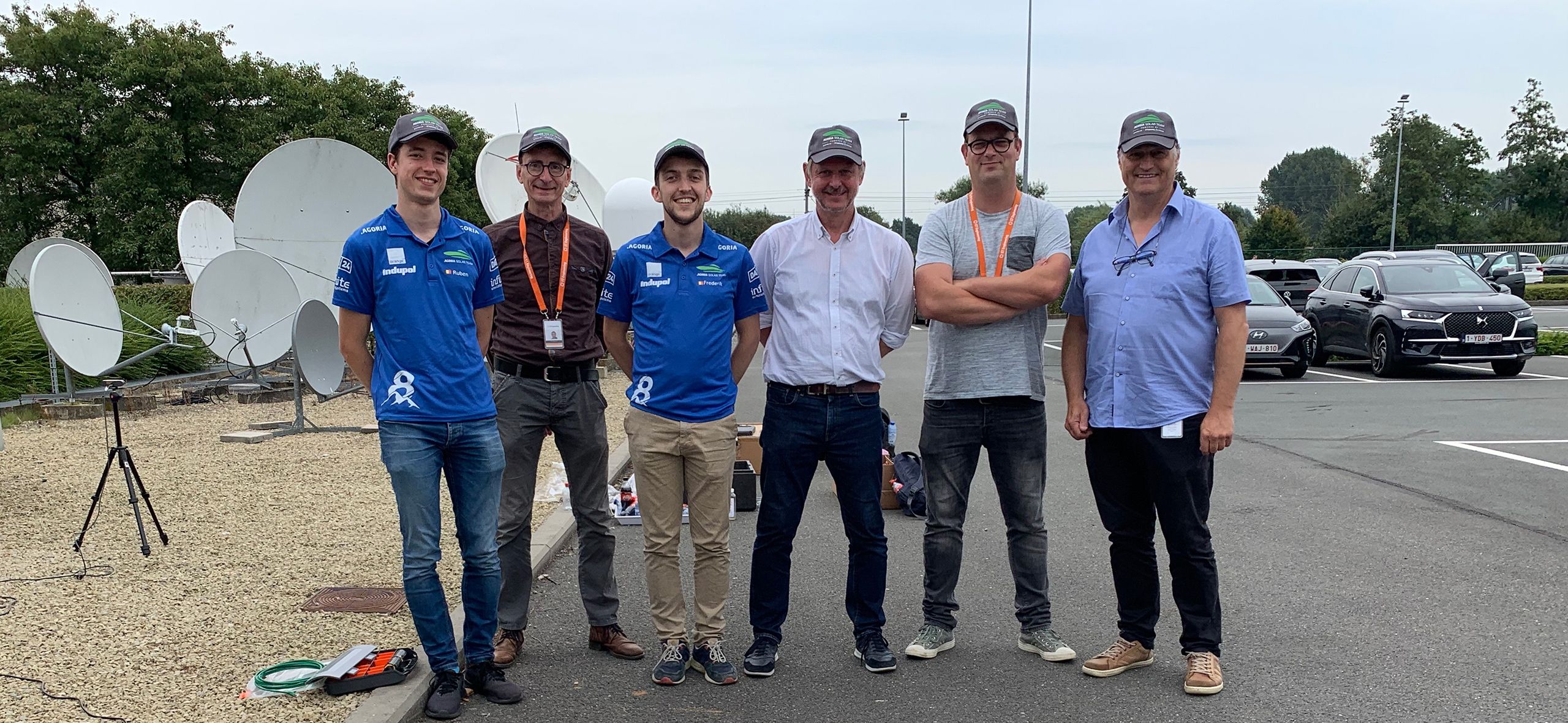

UNPACKING THE
U8 TERMINAL
Staying Connected from Start to Finish
On a bright September morning, members of the Belgian Agoria Solar team and ST Engineering iDirect came together to carry out testing on the antenna system that will provide the communications during their crucial race next month in Morocco.
The race, an alternative to the cancelled World Solar Challenge across Australia, will test the team to their limits as they navigate challenging terrain and conditions across the Atlas Mountains.
Testing the communications system was essential so that the team could familiarize themselves with its operation and to assess its performance.
The satellite connectivity that will be provided through Intelsat’s FlexMove network and the Kymeta™ u8 antenna will enable the team to access critical meteorological data as well as to keep in contact with fans and update them on their progress on social media.
It’s a stressful time for the Solar Team as the first contingent will travel to Morocco this week. Every item packed for the race has to be listed in an inventory so they ensure they have everything they need, even down to the smallest cable. If something doesn’t work, it can’t easily be replaced once they are in Morocco.
UNPACKING THE u8
Frederik Van Maele, race strategist, and Ruben Van Acker, Live show coordinator for the Solar Team, were reassured by Kymeta’s excellent support from its NOC. During the race, the team will have a 24x7 line to the Kymeta engineers for any assistance they might need.
SETTING UP THE u8
The u8 antenna performed flawlessly during testing, with seamless switching between terrestrial and satellite capacity. Both Frederik and Ruben were able to operate the system themselves via a Teamviewer session with the support of Kymeta.
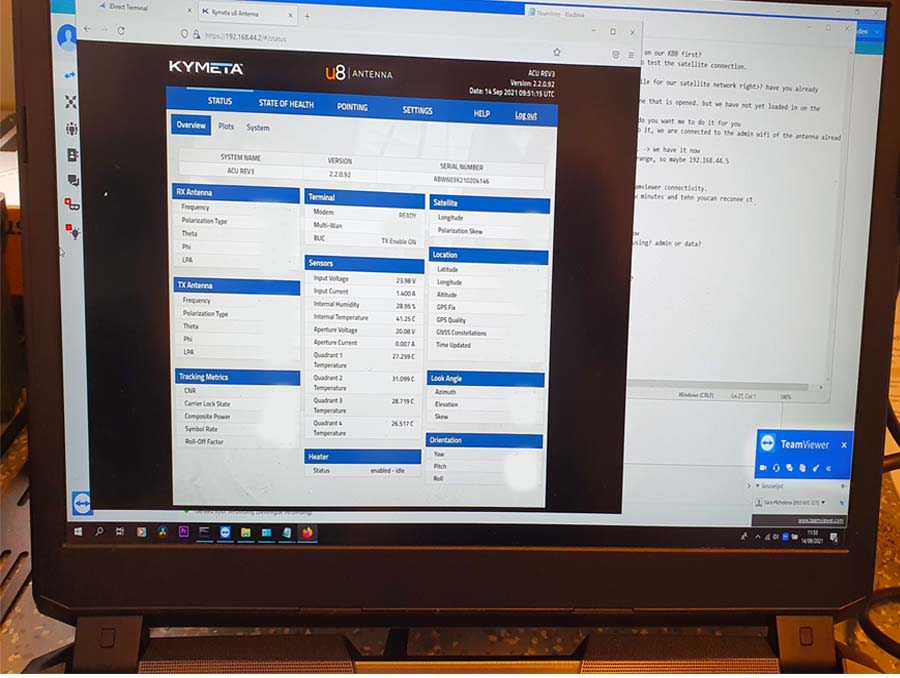
Once Frederik and Ruben arrive in Morocco, they will drive the race route several times in preparation for the event so that they are familiar with where the connectivity blind spots are located and to test out the antenna’s performance.
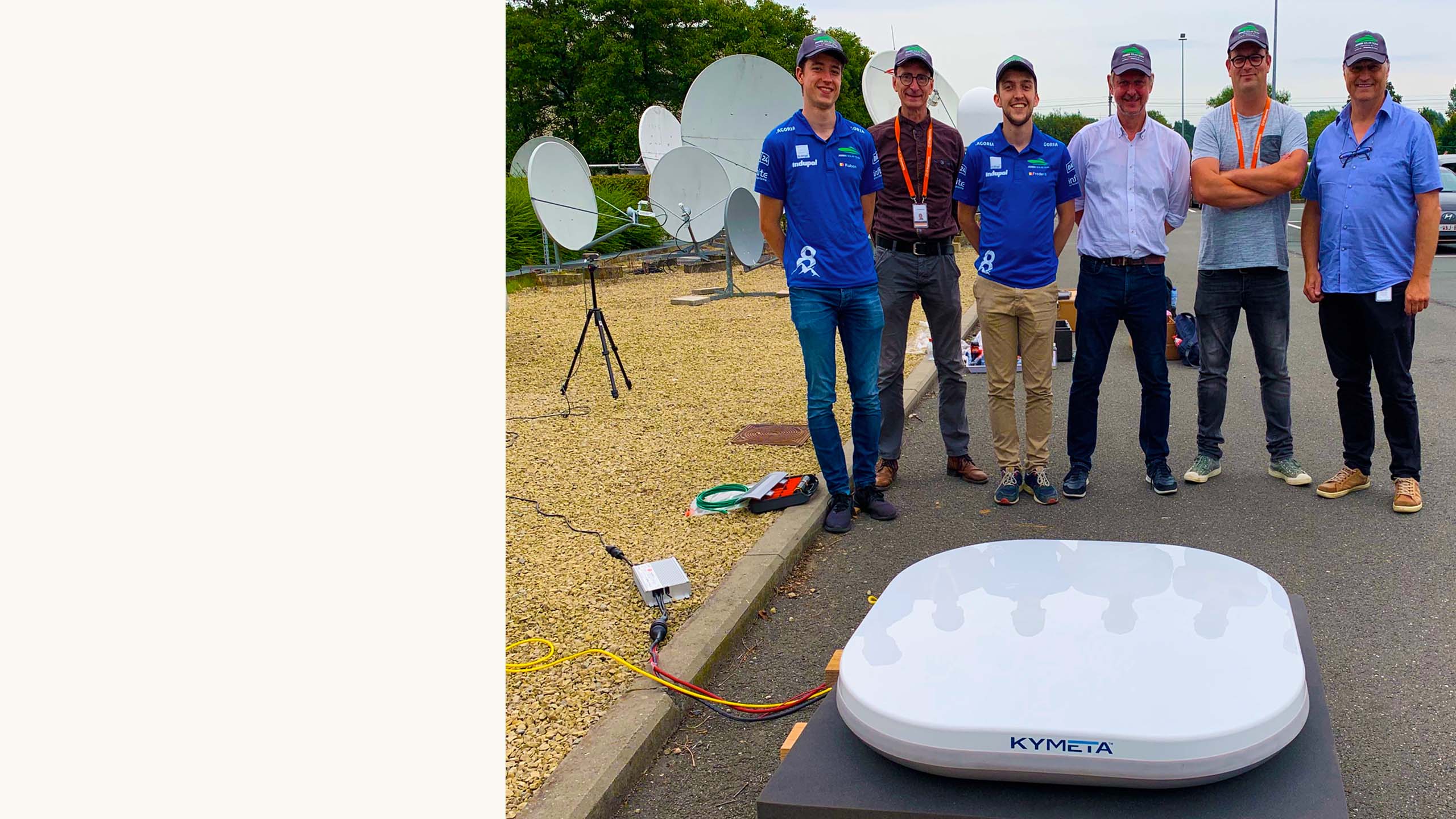
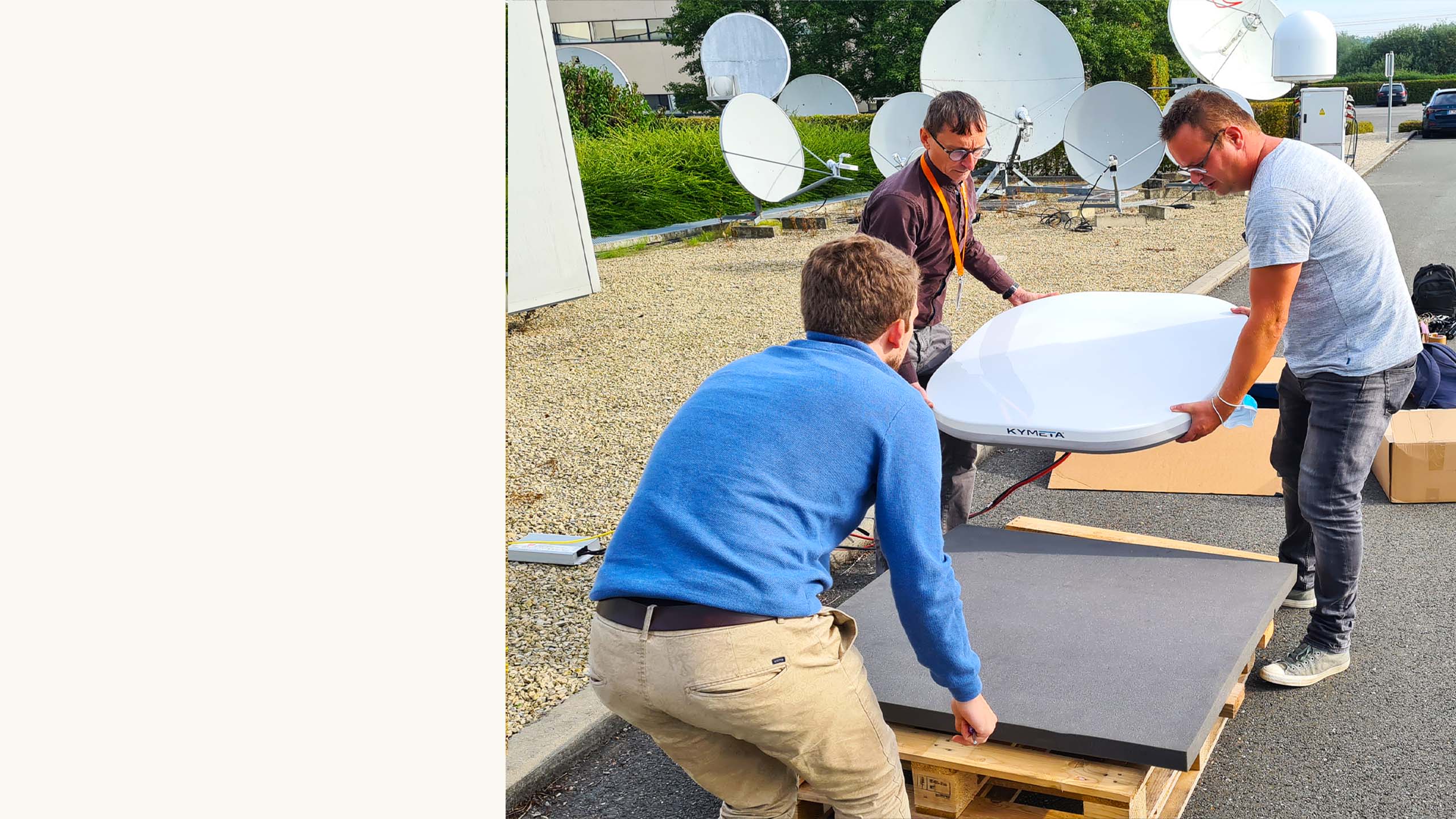
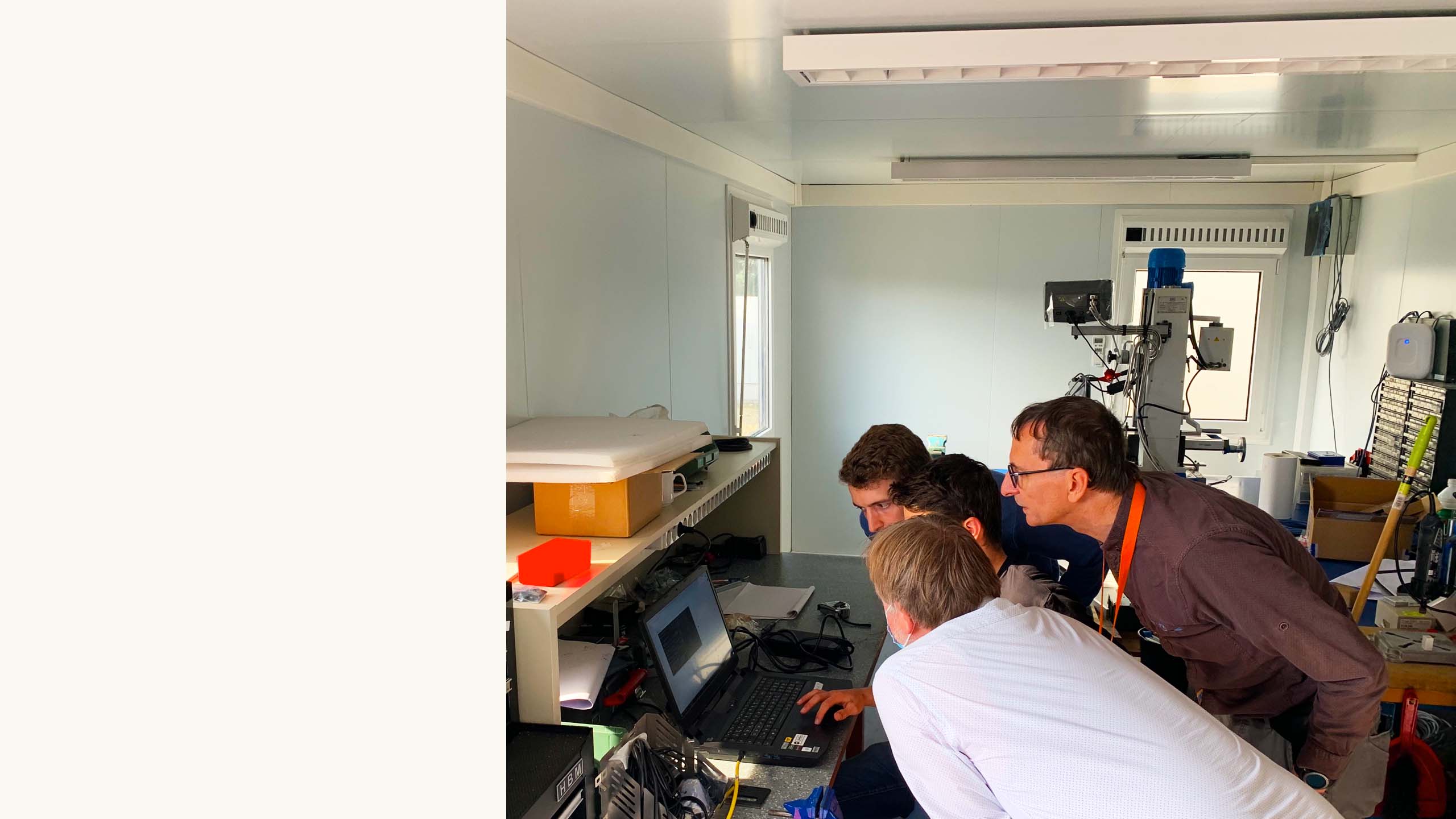
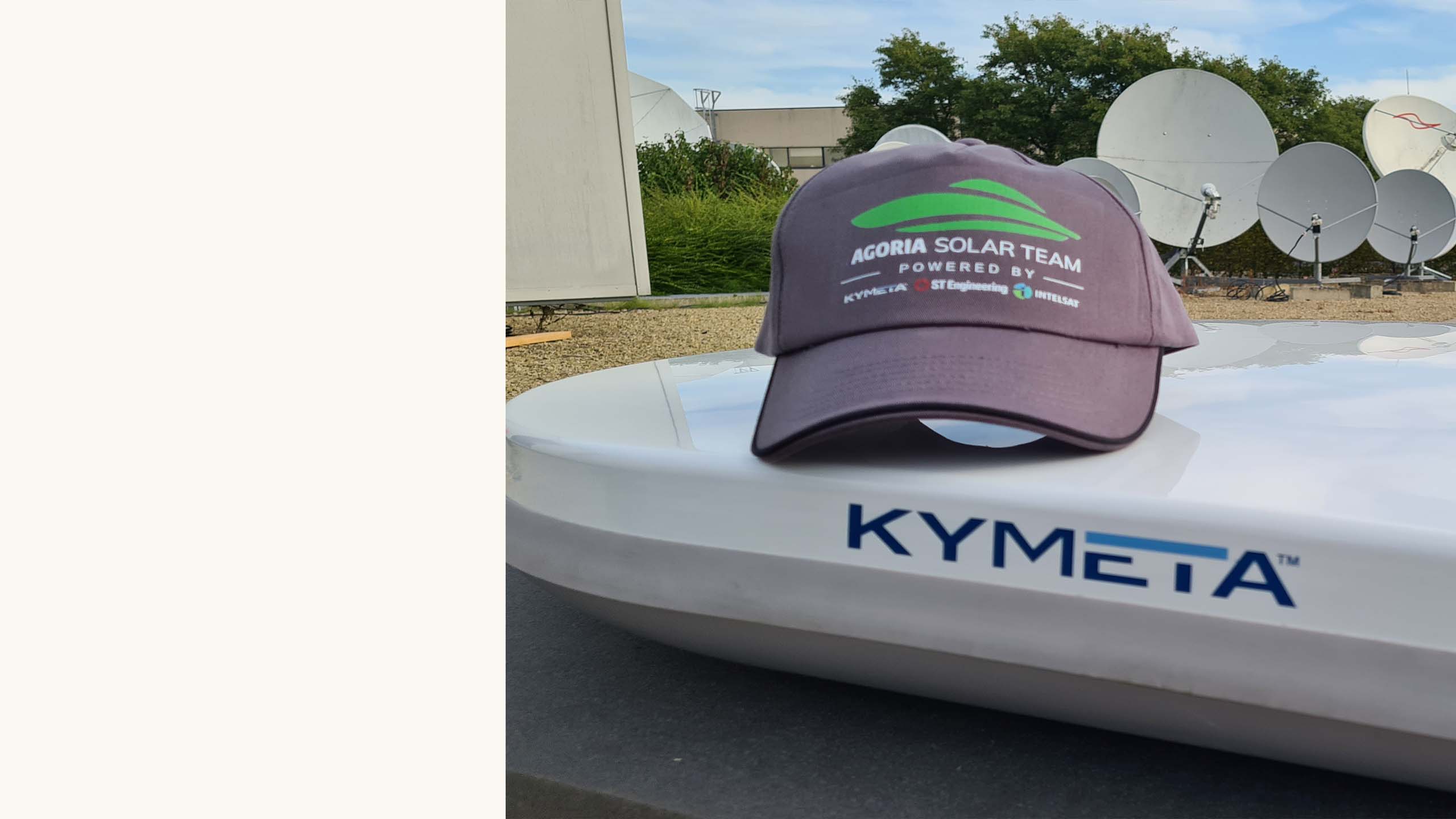
TESTING LIVE SHOW CONNECTIVITY
FACEBOOK LIVE SHOW
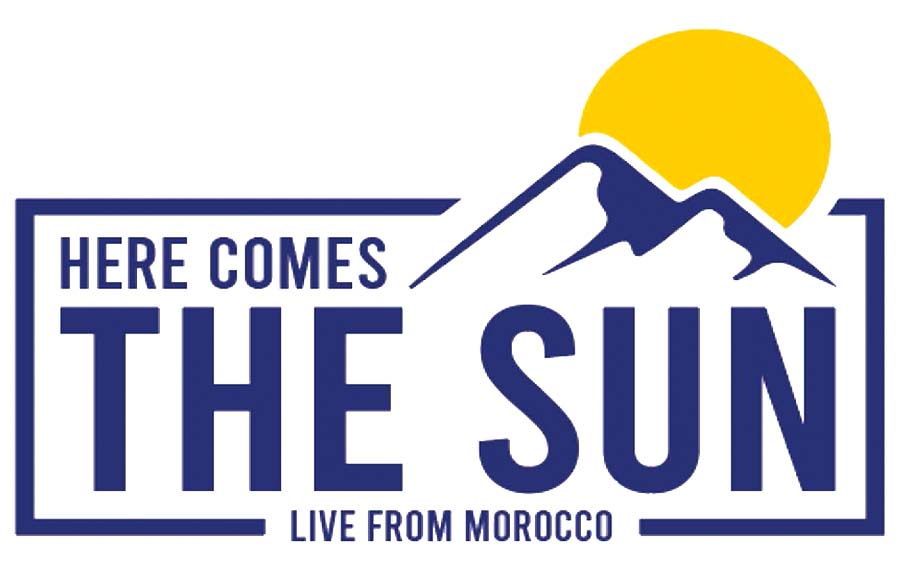
The focus for the second part of the day was to go through the set-up for a Facebook Live show.
In previous races, after each day is over, the team always sets up camp and installs a mobile TV studio to broadcast a 20-minute Facebook Live talk show. This gives them the opportunity to reflect on the day they’ve had and to share their experiences with their audience. There are many people following the team’s journey including their family and friends; the school pupils and high school STEM students that they have visited throughout the project; partners and anyone who wants to find out more about the race.
Technical set-up
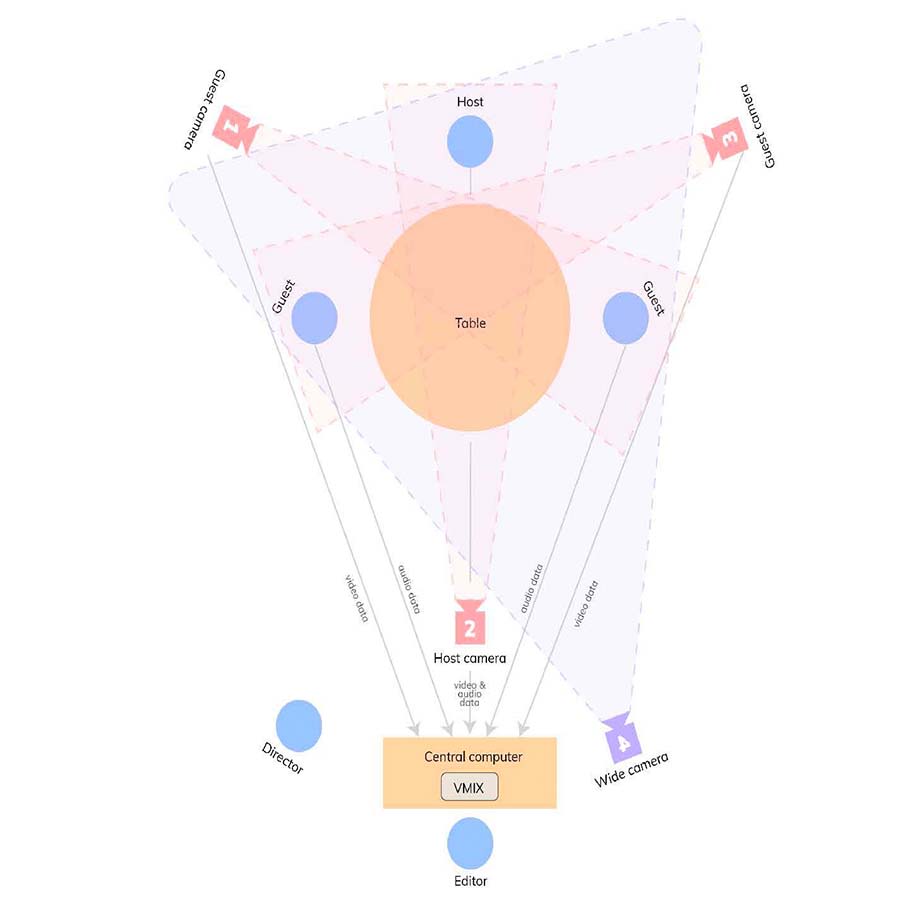
For the broadcasting and mobile journalism aficionados among us, here are the details of the Liveshow set-up:
4 HD streaming webcams will be connected. 3 for close-ups of the guest speakers and 1 to capture the whole set-up. All the cameras will connect to 1 laptop with internet connectivity and a software solution including LIVE mixing, switching, recording and LIVE streaming of SD, full HD and 4K.
A Facebook Livestream was established and our Head of Media and Broadcast, Hans Massart, was only too happy to test the quality of the cameras. The ST Engineering iDirect team tested the feed on their own devices and used different resolutions to make sure all was working as it should.
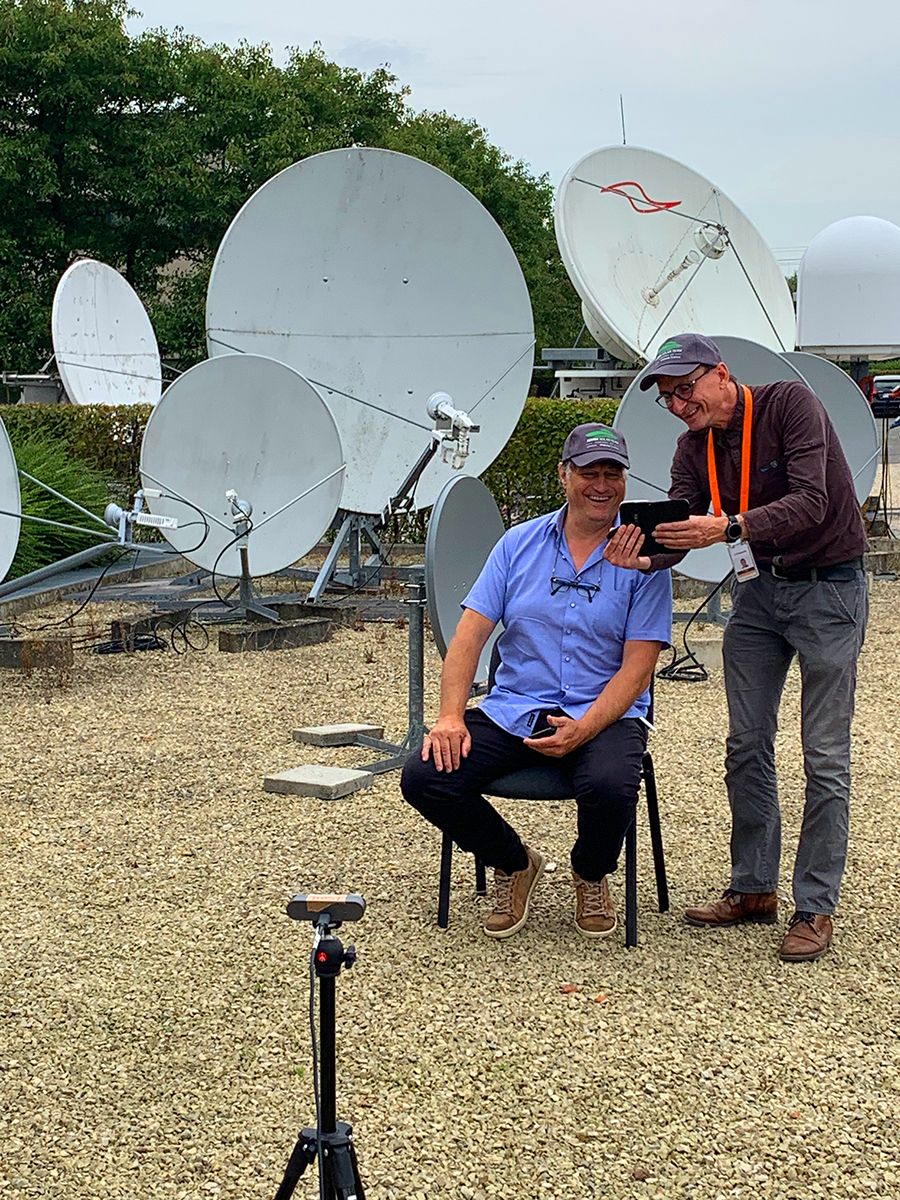
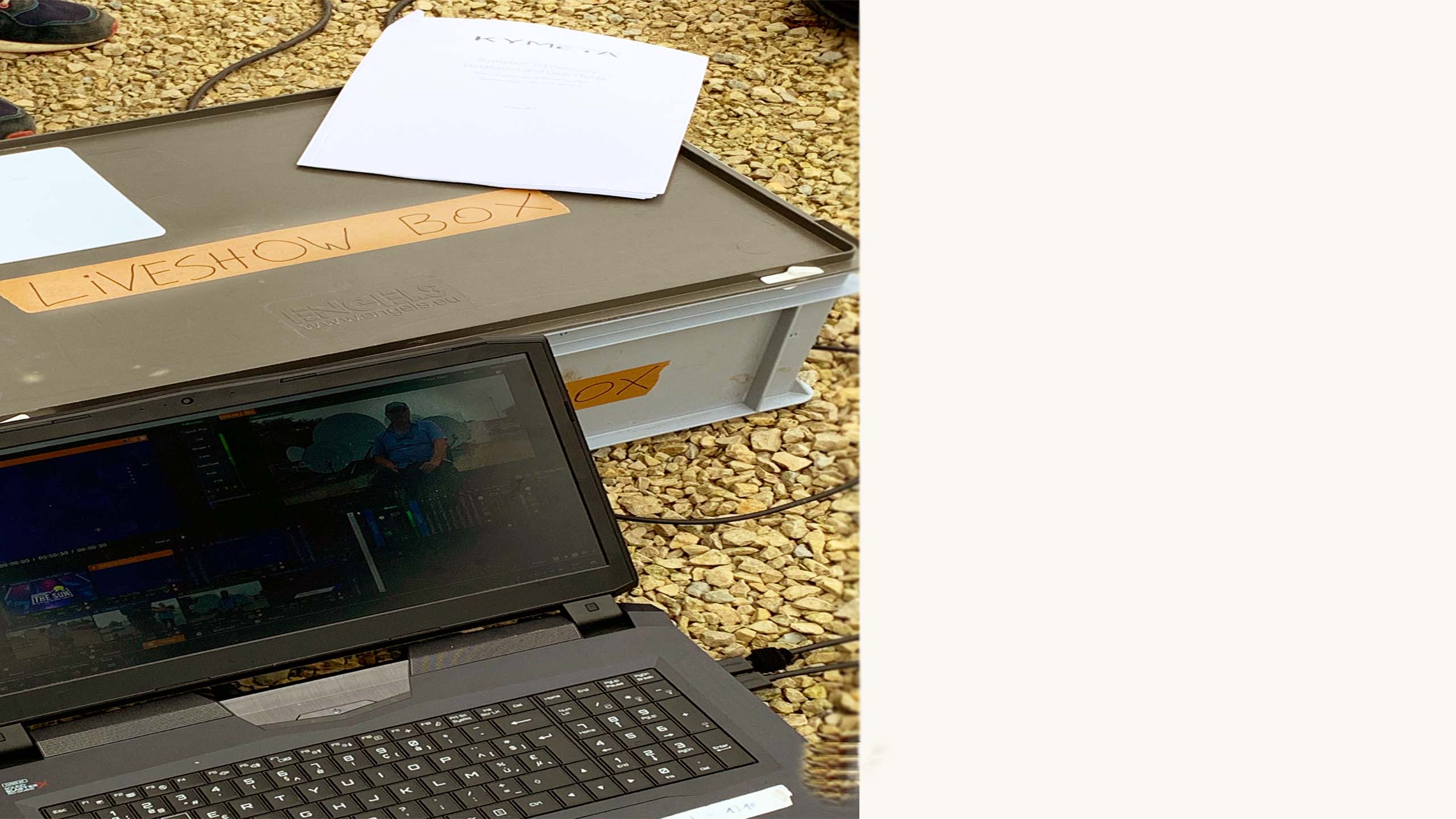
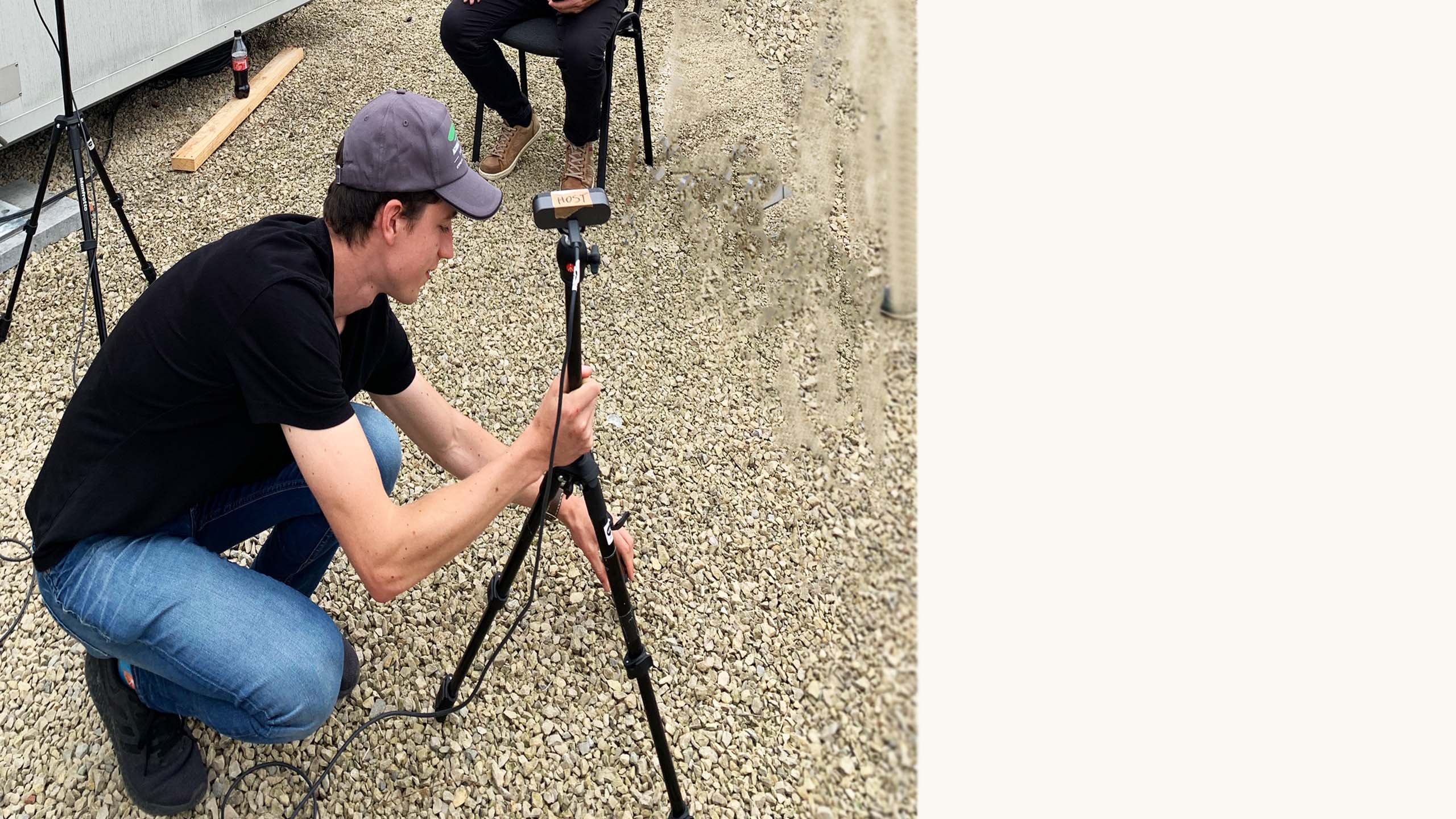
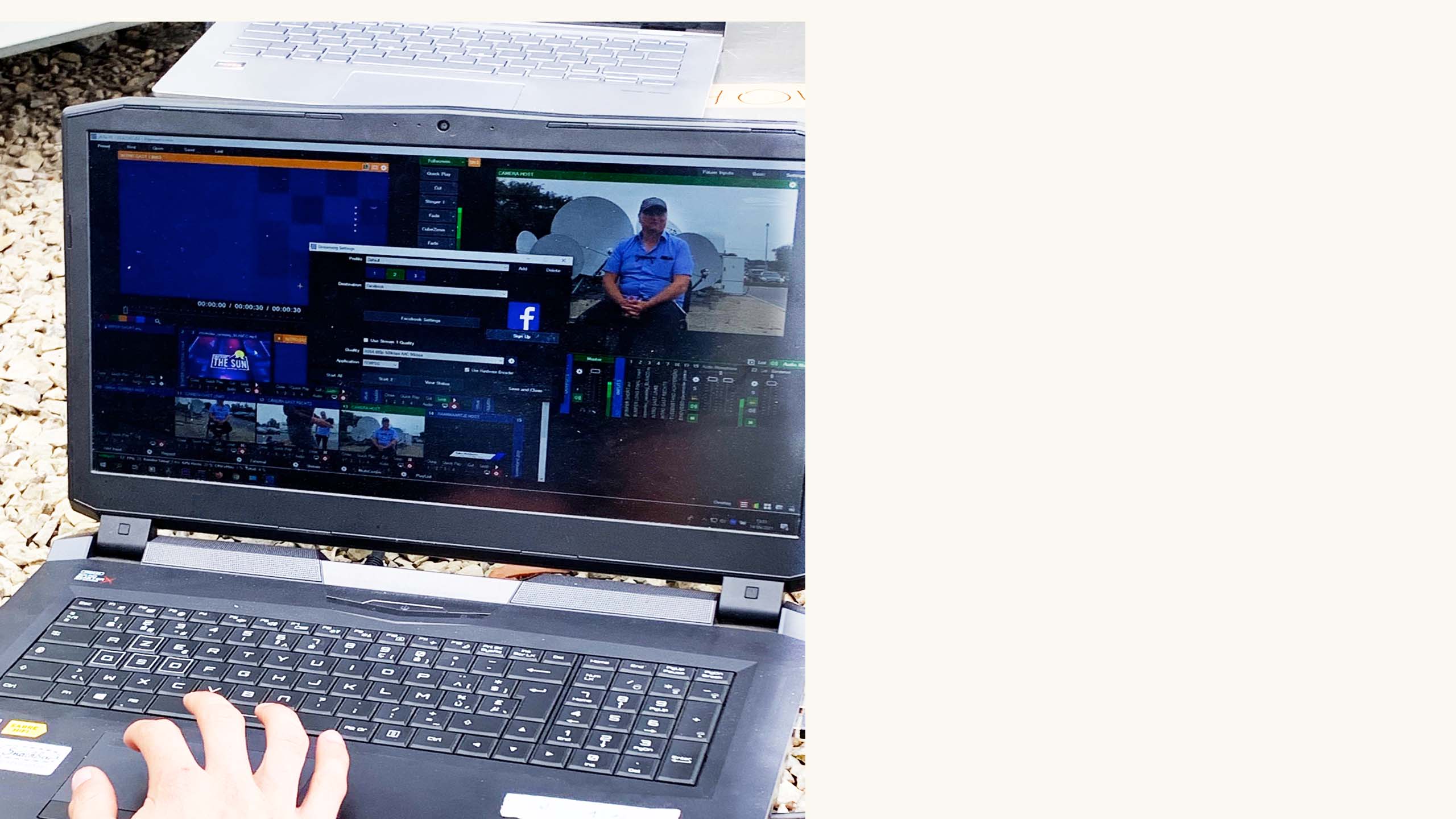
THE EUROPEAN
CHAMPIONSHIP SEPTEMBER 2021
Testing continues for the BluePoint Atlas
The BluePoint Atlas solar car is still undergoing final preparations for the Moroccan Solar Challenge. Before the team left for Morocco, the new car was tested one last time on a race track and the Belgian roads by the team's 3 student pilots Ruben, Birgitt and Gilles.
In the meantime on another race track ... Another win for the BluePoint solar car
During the weekend of September 18, the 2019 BluePoint solar car was out to prove itself one last time during the iLumen European Solar Challenge, a biannual race that takes place at the former F1 track of Circuit Zolder in Belgium. It's a non-stop 24 hour race starting on Saturday and ending on Sunday.
The ST Engineering iDirect team was there to witness the kick-off of the 24h race.
And we’re thrilled to report that the BluePoint car came first, making them European Champions!
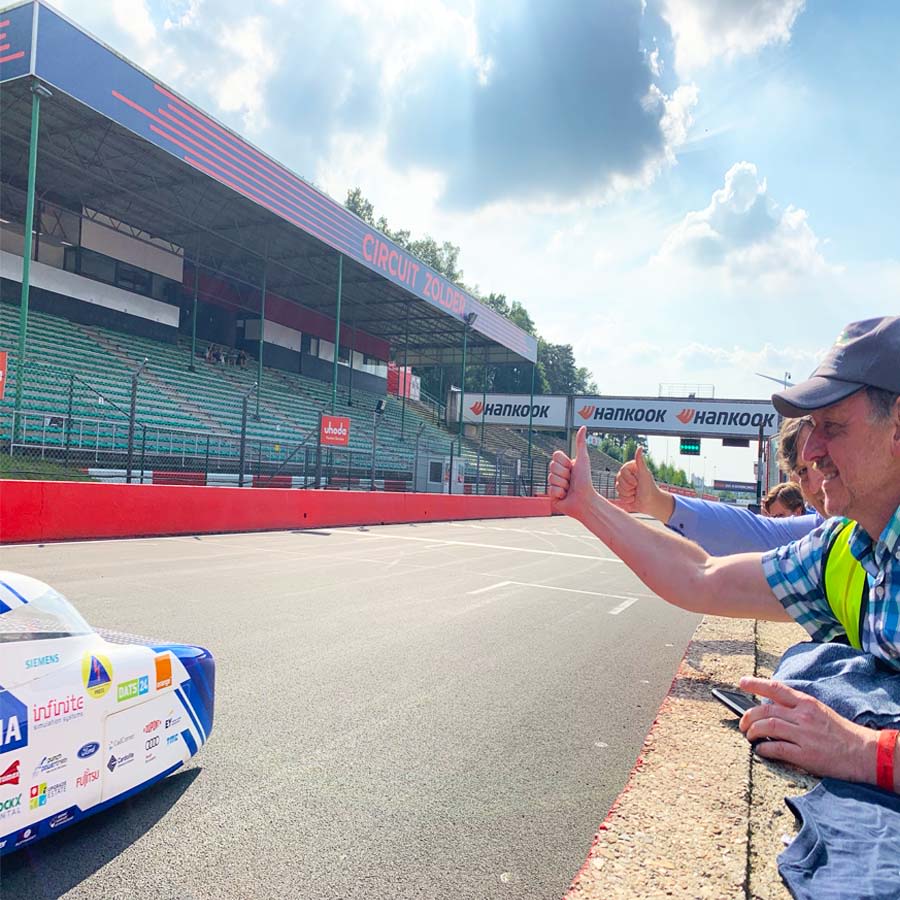
As current World Champions and fresh European Champions the Agoria team has a lot of titles to defend in Morocco!
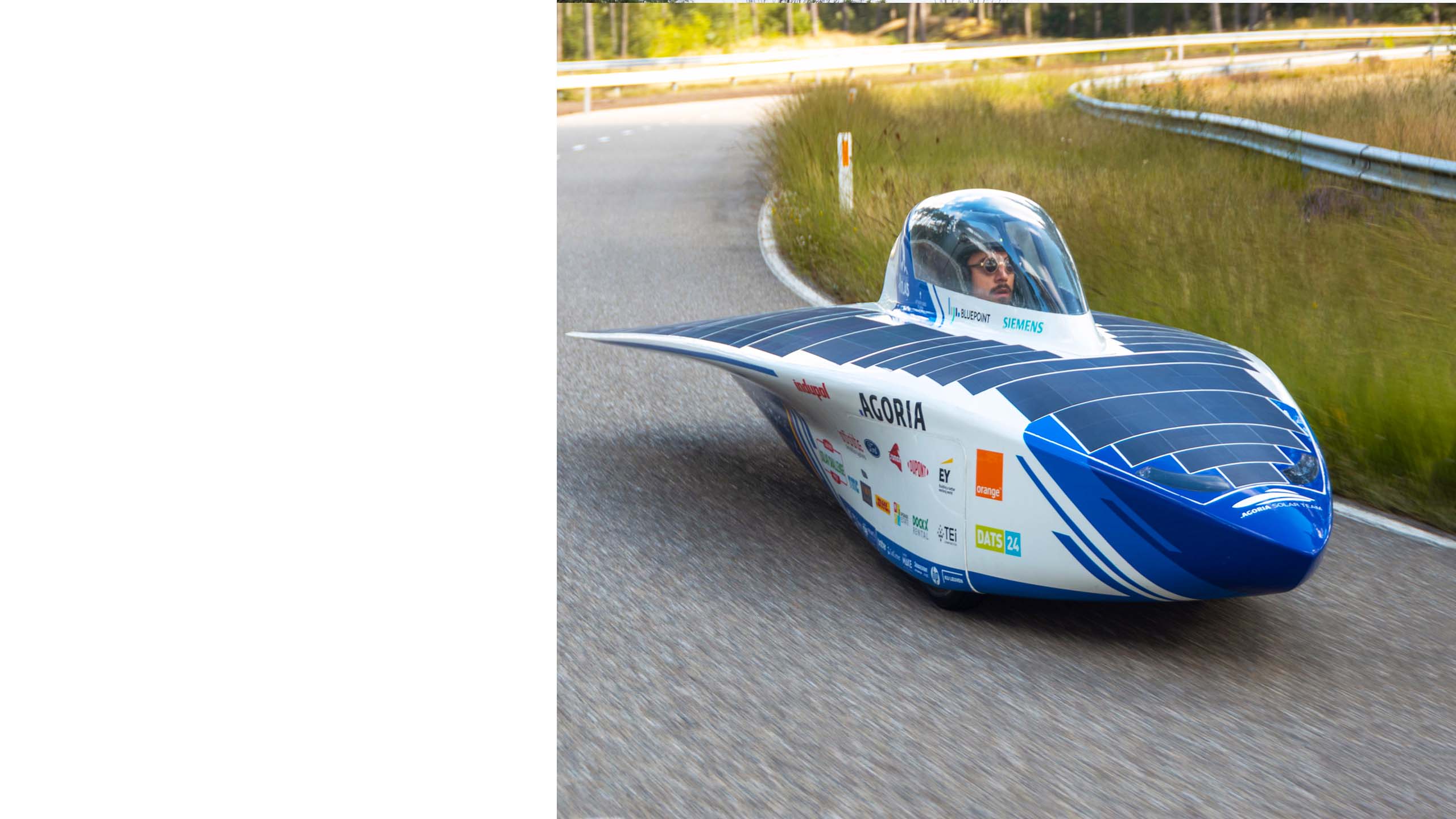
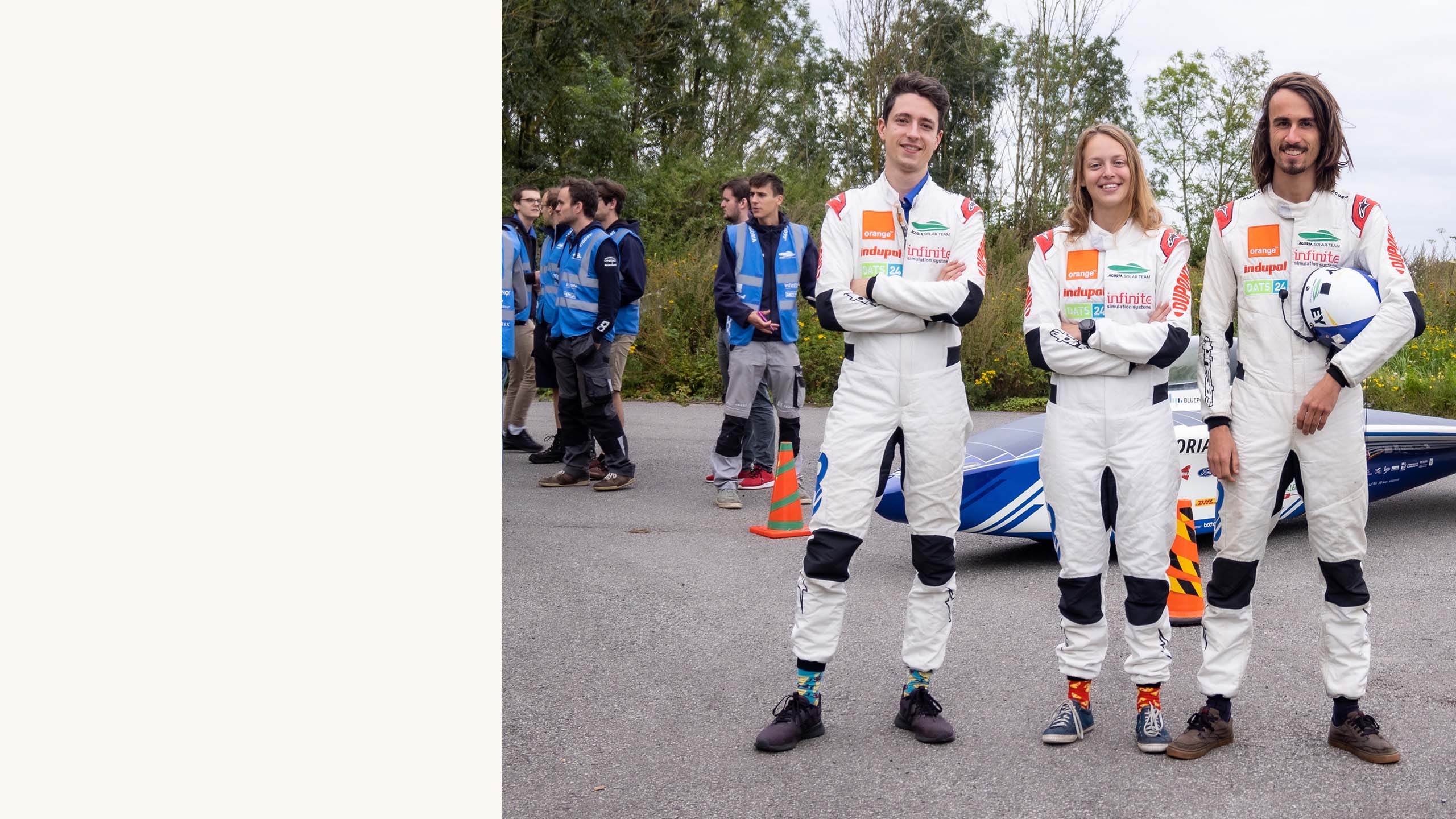
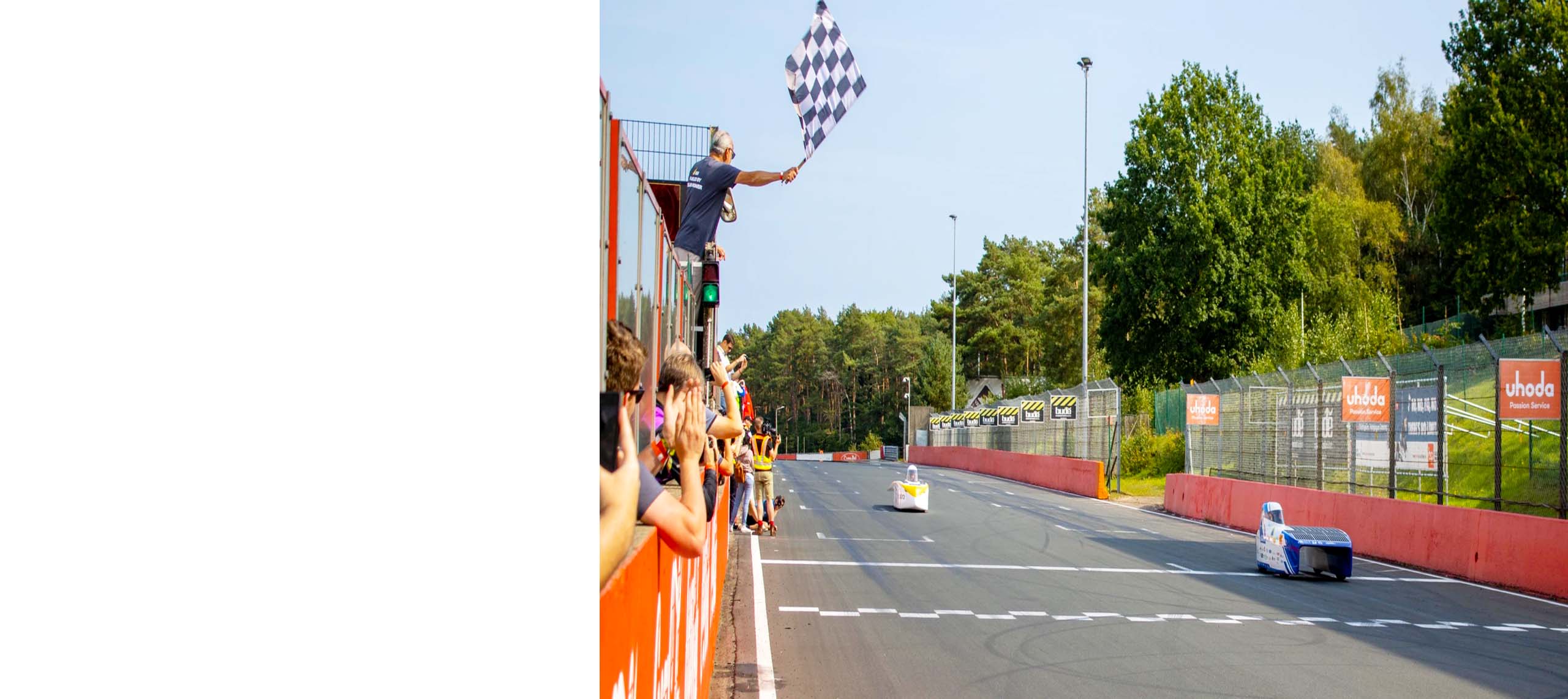
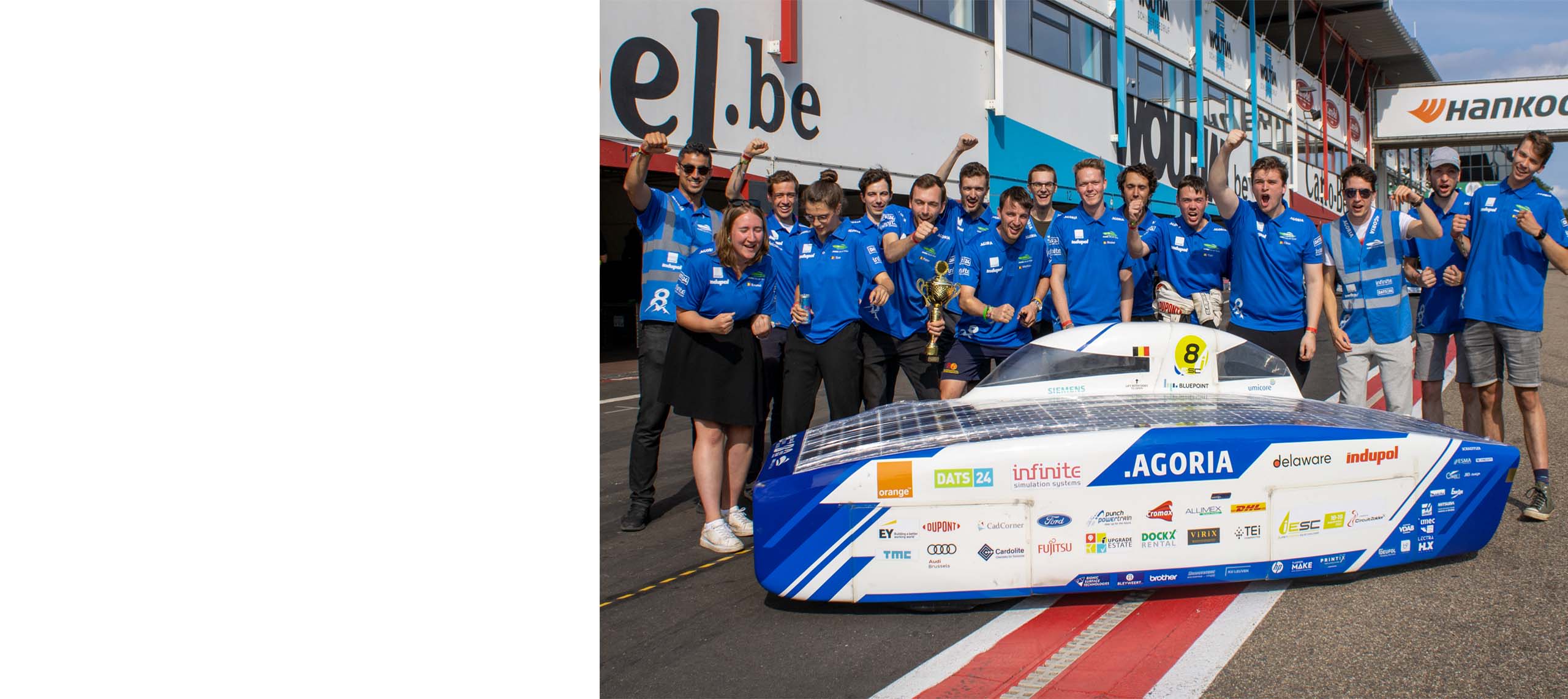
On the Ground in Morocco
The team have been on the ground in Morocco for over two weeks now and it’s not simply a matter of getting into the car at the start line and racing. It’s much more complex.
During this time, they are focused on getting used to their surroundings, ensuring their equipment works, receiving shipments of equipment and racing the route to see where any gaps in connectivity exist. The climate in Morocco is hot. It's dry and dusty. These are conditions that a team from Belgium isn't accustomed to, so there's some acclimatization to be done.
Let's talk strategy
As the Race Strategist, it’s up to Frederik van Maelen to co-ordinate a top performing team. He told us: “The entire team must know what to do, when to do it and how. We have to test the car in advance to set up a model so that we can assess how fast it can drive at any given time using weather information and the amount of power output we will have.”
So how are they using their satellite connectivity and how does it play into the race strategy?
The number one priority for the team is to receive accurate weather predictions. Their data comes direct from the Royal Meteorological Institute of Belgium and this is then fed into the team’s strategy program.
“This is very important,” Frederik explains, “as it obviously determines at what speed we will continue driving at throughout the day. Secondly, the team uses satellite to communicate between the different cars along the course. “We do have walkie talkies and other equipment,” Frederik continues, “but in these remote areas of Morocco you don't always have communication because it’s such a vast area and you don’t always have communications available. If there are cars further behind or in front of us, we have to communicate via satellite internet. That's a very important aspect. They are the two main ways in which we use satellite communications.”
The team also rely on WhatsApp and other platforms to communicate. “Over the past few editions of the race, we’ve seen that, each year, every convoy becomes more and more interconnected. It’s something we are trying to achieve right now and it’s still quite difficult, but in the near future, we believe it will be possible to connect every car with the internet.”
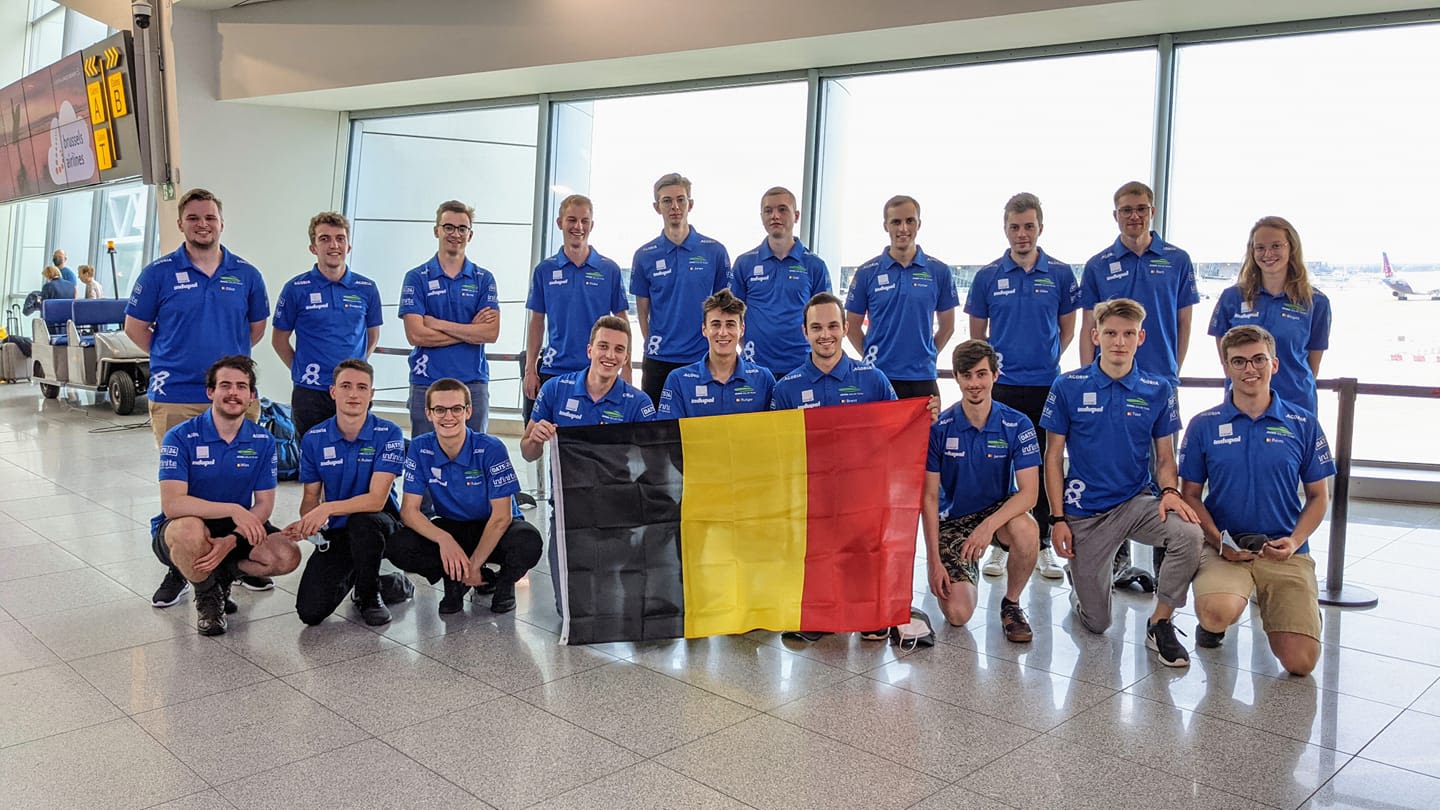
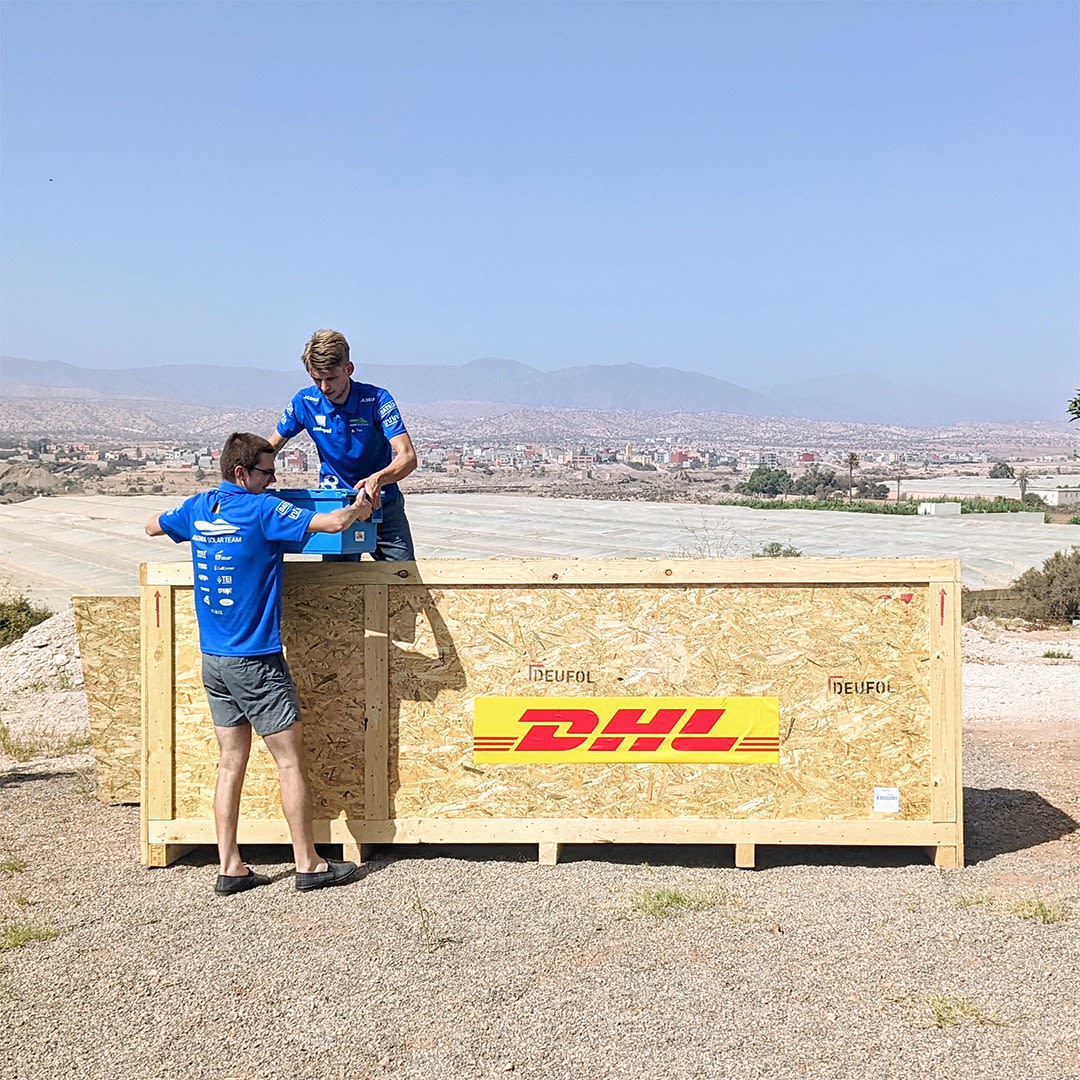
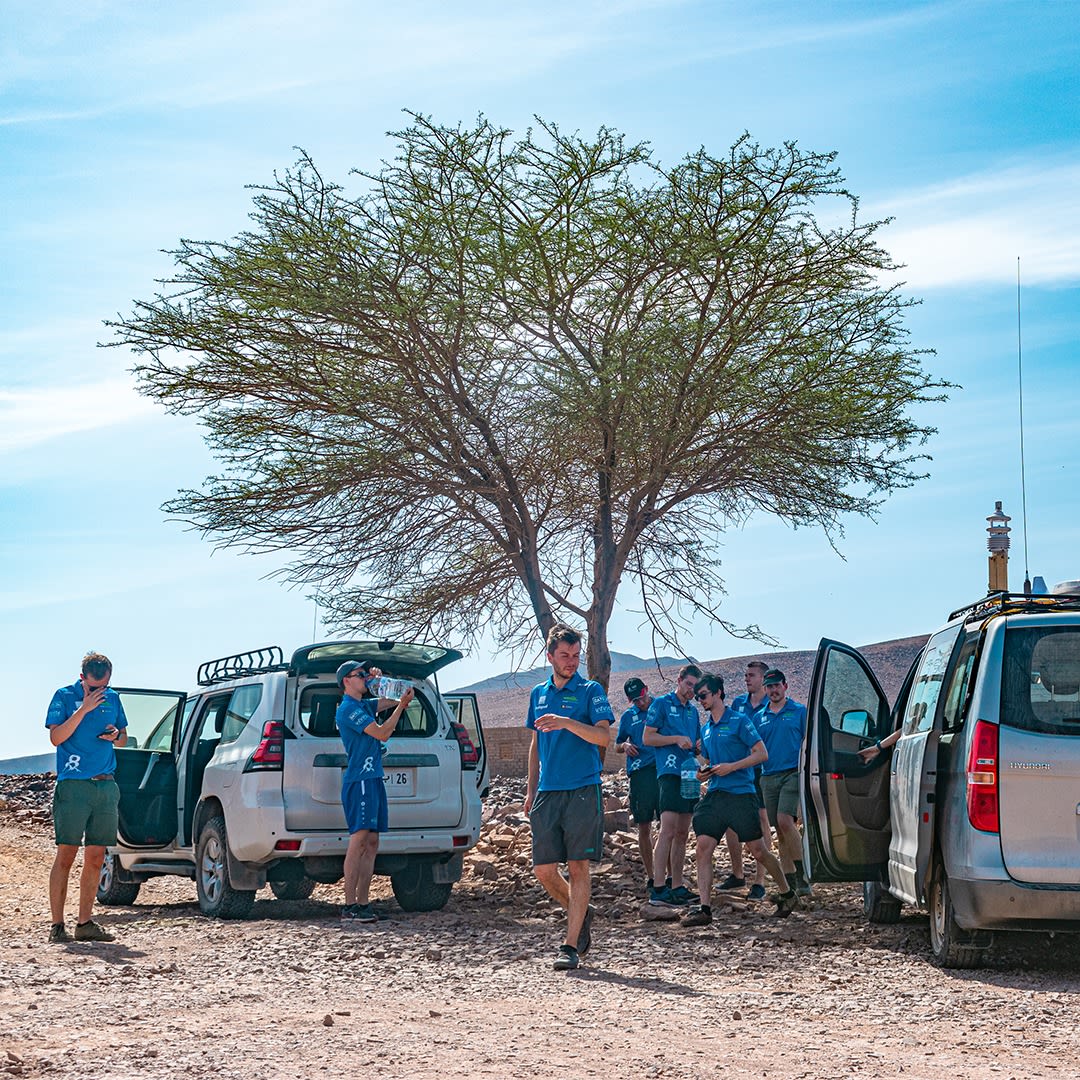
The Power of Ubiquitous Connectivity
Our technology partner, Intelsat is providing the Team with the critical connectivity they require during the race via the FlexMove network.
FlexMove is a fully managed service that makes the complexity inherent to satellite communications disappear, empowering users to quickly and easily leverage connected mobility and portable connectivity solutions.
When reliable, high-speed internet access is needed in remote or hard-to-reach locations, as it is in the region of Morocco where the Solar Race is being held, Intelsat is up for the task. The team doesn't need to wait for resources or capacity to free up, it's all covered through the FlexMove service. Pulling from IS-37e, one of many Intelsat high-throughput satellites (HTS), data speeds reach up to 8Mbps. This means the Agoria team can stream video, send large files, and connect with loved ones and fans at anytime throughout the race.
The Solar Challenge Morocco starts on Monday 25 October 2021 and will end on Friday 29 October 2021.
